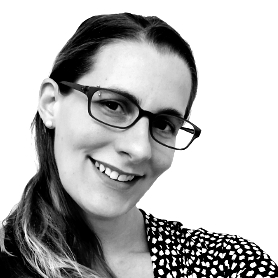Invited Talk at the ACM WeCan Workshop in the SIGEnergy e-Energy Conference
We spoke about “Breaking the Barriers of Stranded Energy in Data Centers” at the 2nd ACM SIGEnergy Workshop on Society, Climate, and Sustainability (SIGEnegy WeCan).
Abstract: Globally, renewable energy (solar, wind) generation has grown rapidly over the last decade. Renewable energy has very low carbon intensity and a zero marginal operating cost, and so is a critical component to achieving zero carbon computing and should not be wasted. However, pervasive imbalances in renewable generation and the transmission capability limitations that prevent the grid from transporting energy to where it is needed causes generation to be temporarily curtailed and wasted. Renewable energy curtailment is increasing rapidly in the U.S. and globally. Potential solutions include co-located battery storage and construction of more transmission capacity. But these approaches do not yet scale due to cost, and traditional loads cannot be physically moved. On the other hand, many computation workloads (such as some learning or big data) can be flexible in time (scheduled for delayed execution) and space (transferred across any geographical distance with limited cost). This opens the possibility of shifting workloads in time and space to take advantage in real time of any amount of excess renewable energy, which otherwise would be curtailed and wasted. Initial results show that a single datacenter that time shifts load can reduce its emissions by 19% or more annually. Although conceptually simple, such workload shifting presents significant challenges. This talk will provide an overview of VMware’s approach to sustainability innovation, and a discussion of some of our ongoing work in shifting datacenter workloads in time and geography.
